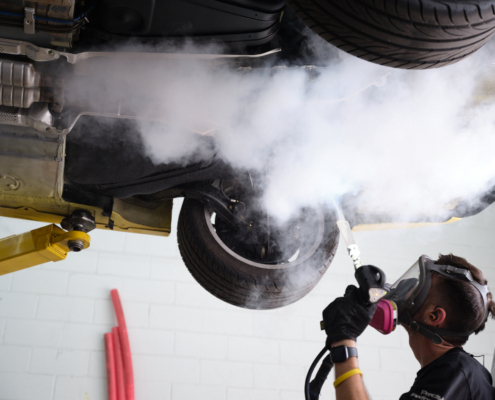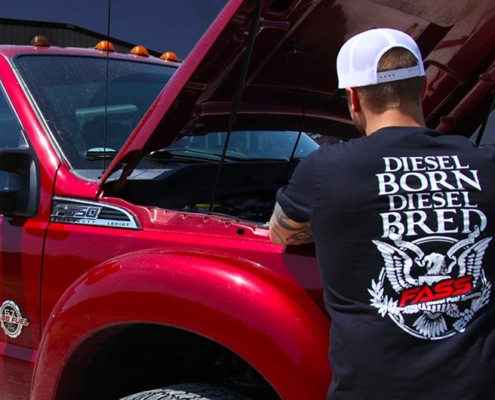Welding Certifications Explained: Elevating Your Career in the Welding Industry
In the diverse and demanding field of welding, certifications are not just accolades but essential milestones that validate a welder’s expertise, proficiency, and adherence to industry standards. These credentials serve as a bridge connecting the technical prowess of welders with the expectations of employers and the requirements of projects across various sectors. This blog post aims to demystify welding certifications, outlining their importance, types, and how they can catalyze a welder’s career growth.





